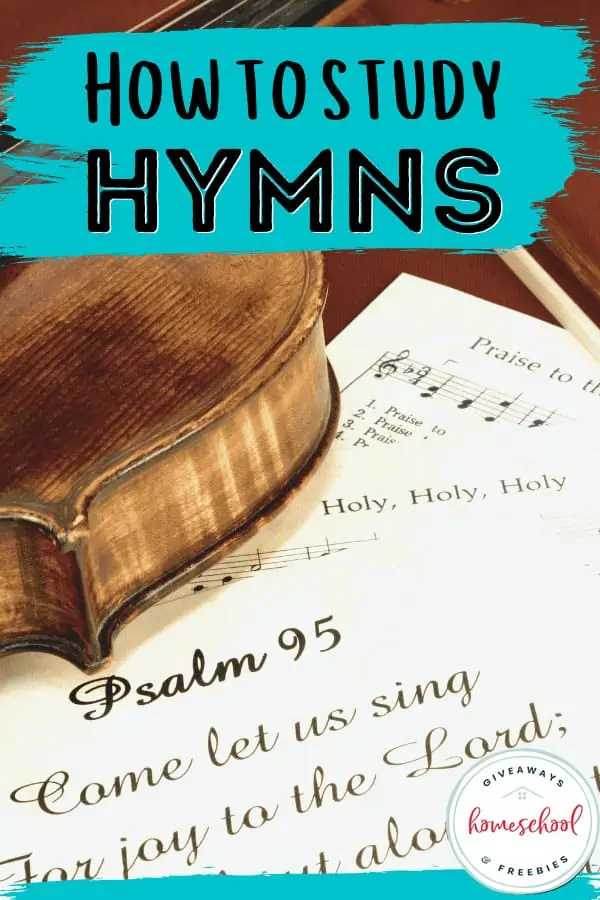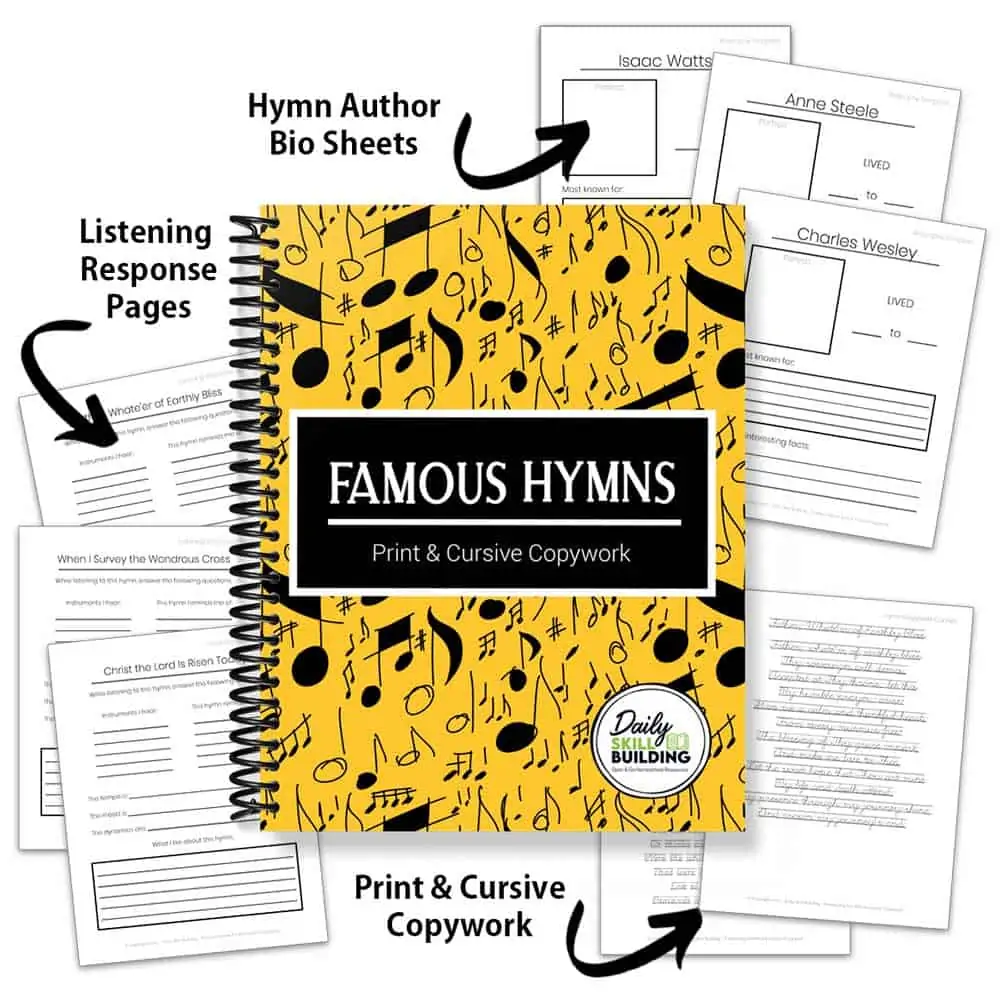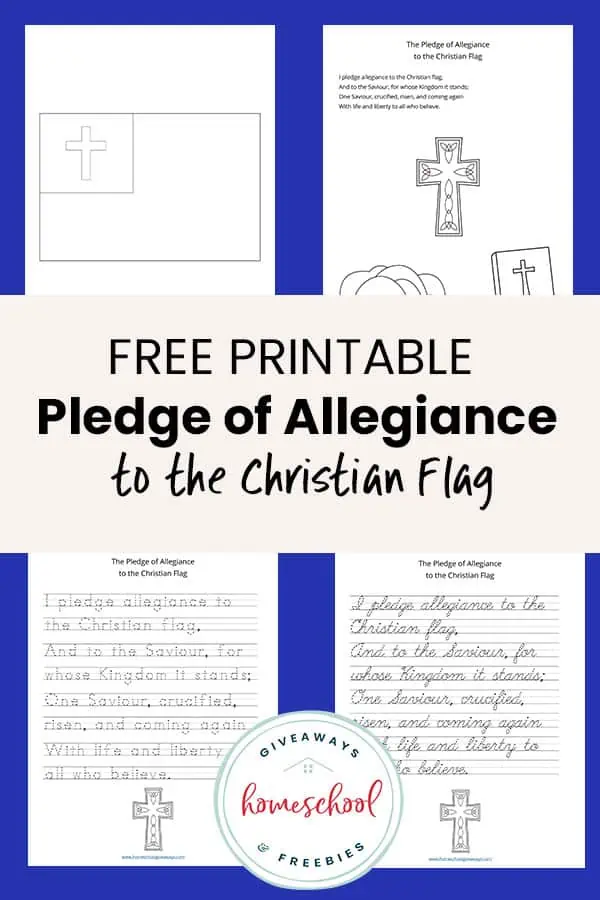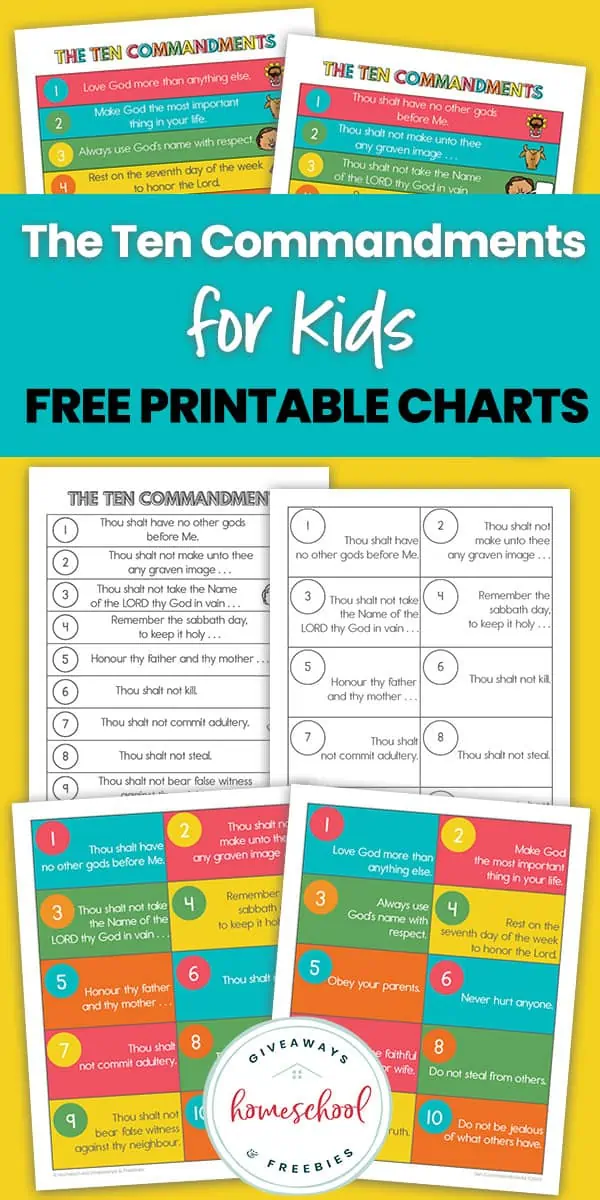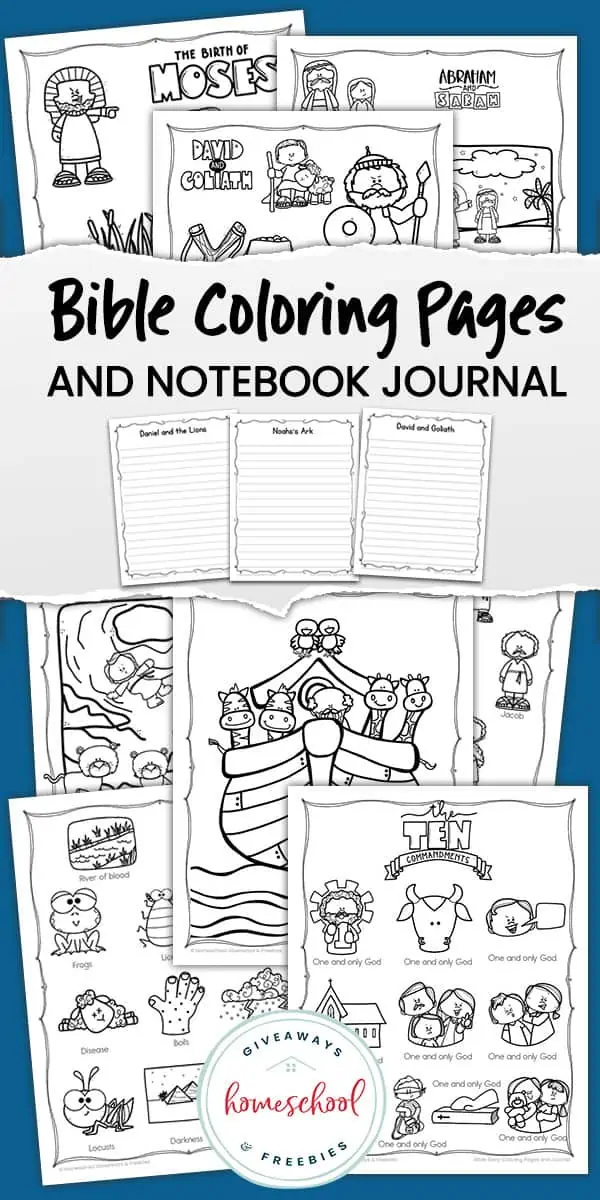How to Study Hymns (Free Hymns Copywork Pack)
Published:
March 14, 2022

Contributor:
Carrie
Disclosure: This post may contain affiliate links, meaning if you decide to make a purchase via my links, I may earn a commission at no additional cost to you. See my disclosure for more info.
Appreciating the true essence of classic hymns is an experience for the whole family. Learn how to study hymns with your children for a glance into the world of classical worship and praise to our Lord. Be sure to grab the Free Hymns Copywork Pack.
What is considered a hymn?
The term hymn is derived from the ancient Greek word hymnos. Hymnos means songs of praise. A hymn is usually directed at our one true God of the Bible and is sung in similar tunes like 8.8.8.8 or 8.6.8.6.
Chordals that include melody, harmony, and rhythm make up the hymnal music. The chordals are centered around the words of the hymn, not the other way around.
The standard for hymns seems to be set around two British protestants from the 1700s, Charles Wesley and Isaac Watts. They were grounded in reformed theology and that set the framework to their general characteristics for good hymns.
Is it important to learn hymns?
The characteristics of hymns set forth by Wesley and Watts hold the reasons why we should teach our children about them.
- Hymns should be God-centered, and not centered around man.
- Good hymn lyrics are heavily rooted in God’s Word and theologically sound.
- Hymns are poetic and have a natural flow to them like storytelling.
- A good hymn points the hearer towards heavenly things and towards Jesus, towards our Creator. This is all in spite of any trial that they are enduring.
- Most popular hymns speak from true experience.
Hymns Are God-Focused
Hymns have been around for hundreds of years. The hymns of old are GOD-focused, which points the hearer to God, builds faith, and gives God all the glory.
God leaves guidance for Christians in Ephesians 5:19 to address each other in psalms and hymns and spiritual songs, singing and making melody to the Lord with your heart.
The words of hymns are significant as they depict the writer’s heart in their walk with the Lord. At times Christians, even children, find themselves in situations that seem beyond repair. Following God’s instructions are more than important in the walk of a Christian.
What is a hymn study?
A hymn study immerses a student into the meaning of the words in a hymn and is nudged to study new vocabulary that makes up those hymns. Hymns are a great way for your students to understand the way God works and teaches them solid theology outside of reading the Bible itself.
Hymns help point Christians of all different ages to God’s Word with music and another Christian’s experience. He is truly through whom all blessings flow, and students can learn that in this simple way.
Free Hymns Copywork Pack
Provide your students with the opportunity to explore hymns by writing the lyrics of hymns in both print and cursive with this Free Hymns Copywork Pack from Daily Skill Building.
In addition to the hymn copywork, students are tasked to research key facts about the hymn’s songwriter using biography pages.
The hymn copywork pack also includes listening response pages so students can identify musical instruments, tempo, mood, and dynamics of the music.
Hymns Included in This Hymn Study:
- When I Survey the Wondrous Cross by Isaac Watts
- Christ the Lord is Risen Today by Charles Wesley
- Father, Whate’er of Earthly Bliss by Anne Steele
- Amazing Grace by John Newton
- There is a Fountain by William Cowper
- Holy, Holy, Holy by Reginald Heber
- Blessed Assurance By Fanny Crosby
- It is Well With My Soul (These beautiful lyrics by Horatio Spafford make our family’s favorite hymn)
- How Great Thou Art by Carl Boberg
- Great is Thy Faithfulness by Thomas Obadiah Chisholm
How to do hymn studies in your school year?
- Browse old hymns or even a new hymn online to decide what hymn/hymns you want your children or family to study.
- Once you decide, listen to various versions of the hymn.
- Print out the hymn sheet music and have your children learn it, whether to sing it, or play it on their musical instruments.
- Have your students write down any unfamiliar words of the hymn and use them as vocabulary words for the week.
- The best part of a hymn study is learning the reason behind why it was written. Learn the backstories of hymns in sites like Hymnary or The Hymn Society.
- Learn about the lives of hymn writers. The amazing stories and testimonies of hymn writers give hymns more meaning.
- To help your students focus on the words behind the hymn, add hymn copywork into your lessons.
- Once your student is familiar with the hymn, challenge them to draw their ideas when hearing the hymns.
- For your older student (upper elementary to high school), assign a written assignment to summarize a hymn that should include the hymn’s author, background, and opinion on the hymn.
- Another task for older kids, especially music students, is to write a hymn of their own. Yes, task them to be hymn writers, themselves. Make sure your students follow the characteristics of hymns and have them read it/sing them to the family.
Some Traditional Hymns and Hymn Writers with Powerful Messages:
- “Amazing Grace!” by John Newton
- “Blessed Assurance” by Fanny Crosby (Frances Jane “Fanny” Crosby)
- “Trust and Obey” by Daniel B. Towner
- “A Mighty Fortress is our God” by Michael W Smith
- “How Great is Thy Faithfulness ” by Chris Rice
(Christmas Hymns)
- “Hark! the Herald Angels Sing ” by Charles Wesley
- “Oh, Holy Night” is based on a poem by Placide Cappeau
- “Silent Night, Holy Night” by Joseph Mohr
- Or you can check out the Hymns for a Kid’s Heart, Volume 1+2 by Bobbie Wolgemuth for more ideas.
Free Hymn Study Printables
If you are looking for free hymn study printables, we’ve got a big list for you. These popular hymns printables are a good way to dig in to the classic hymns of old alongside the Hymns Copywork Pack.
In Conclusion
These traditional hymns are quite different from contemporary praise and worship songs. Each type of song can create a habit of praise in your children, yet hymns are in a league of their own.
Whether your child is young or an adolescent, the study of hymns can be geared to their learning capabilities. If your children are young, you can start by singing the hymns and talking about the author. As children get older, dissect the hymn to truly teach your kids in the way that they should go with the beautiful lyrics.
The great hymns of our faith are an excellent resource to teach God’s love and great power. Guide your family into a habit of classical praise and musical worship to our Lord with hymn studies.

